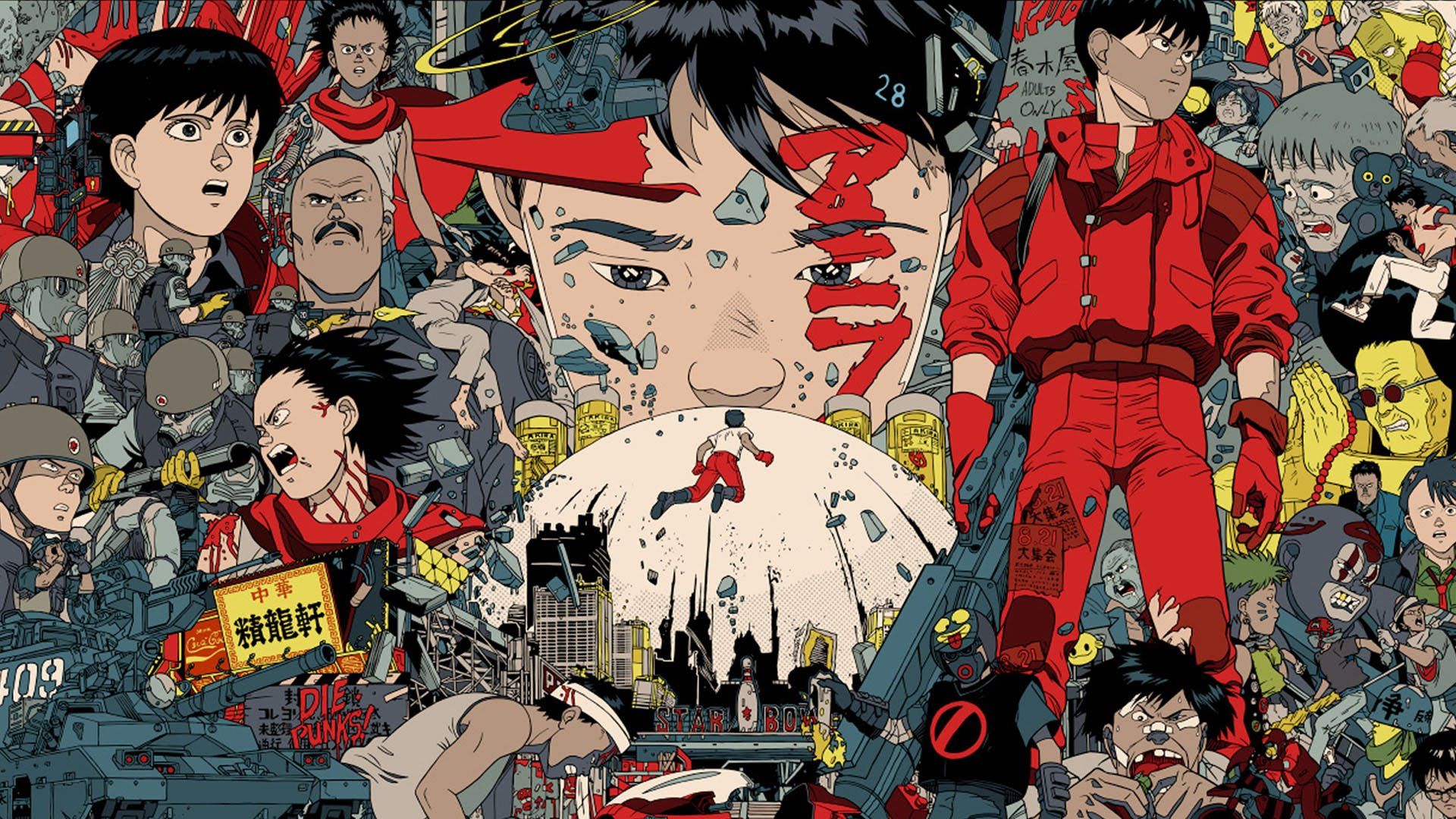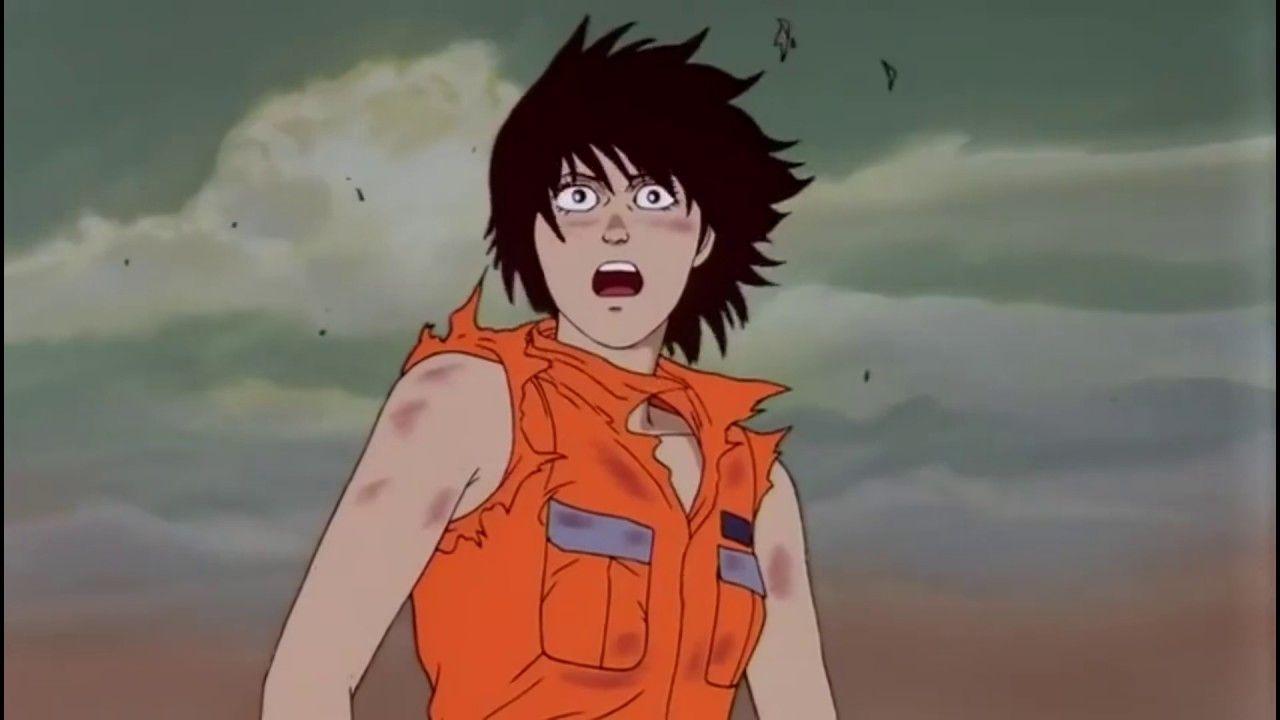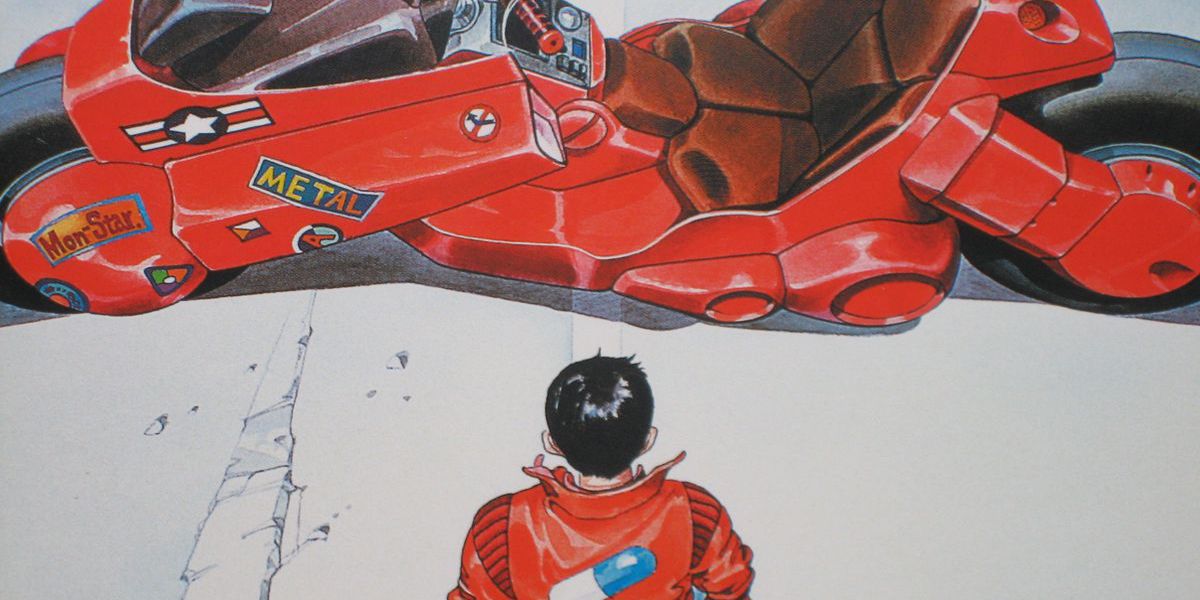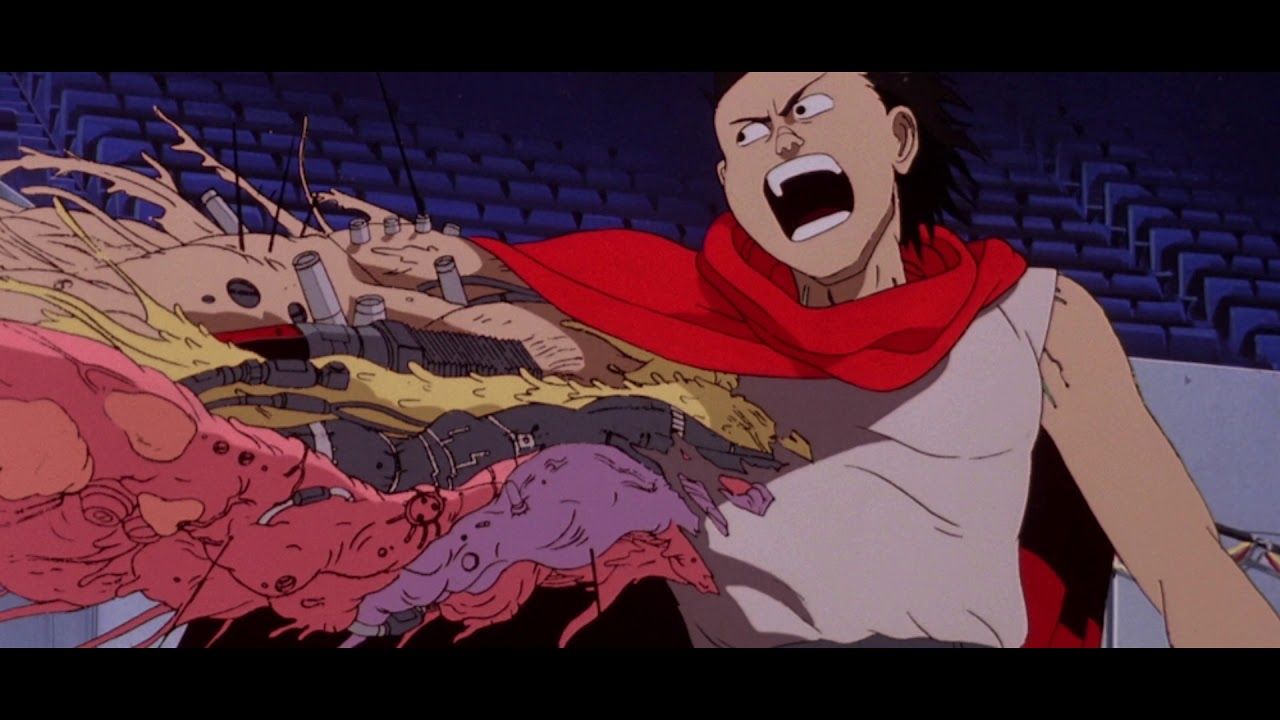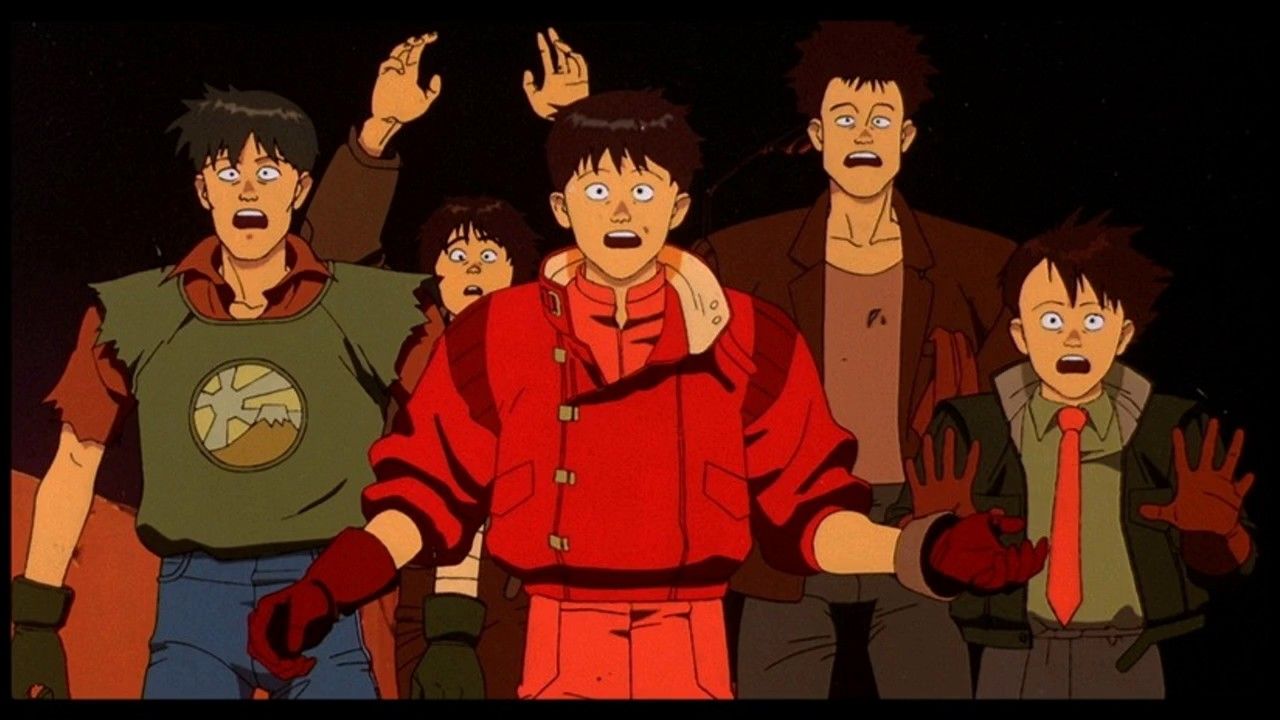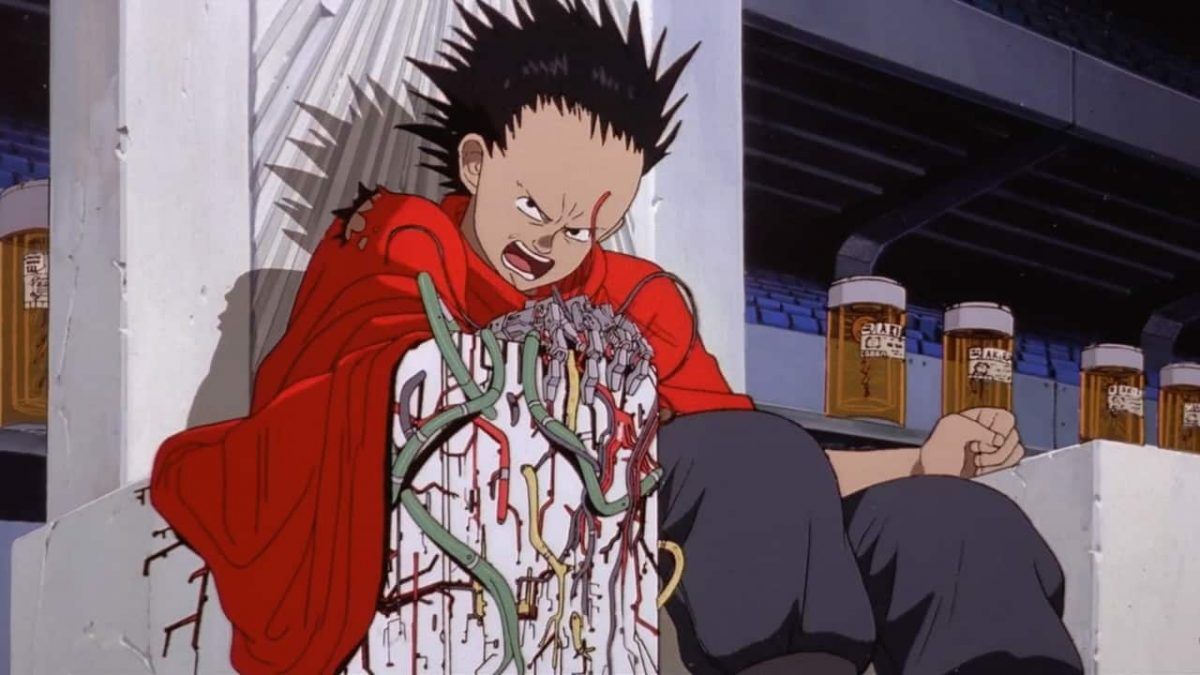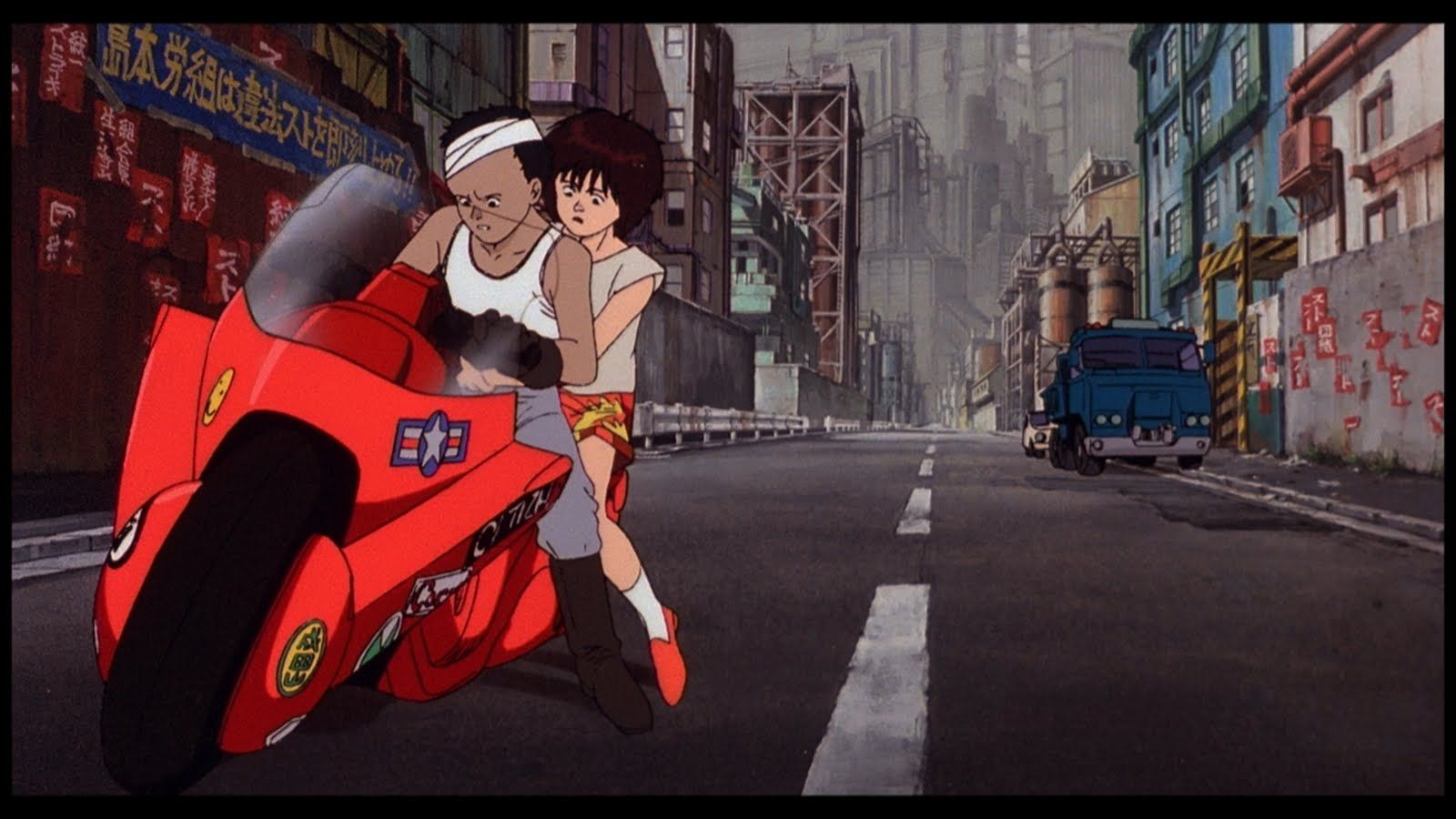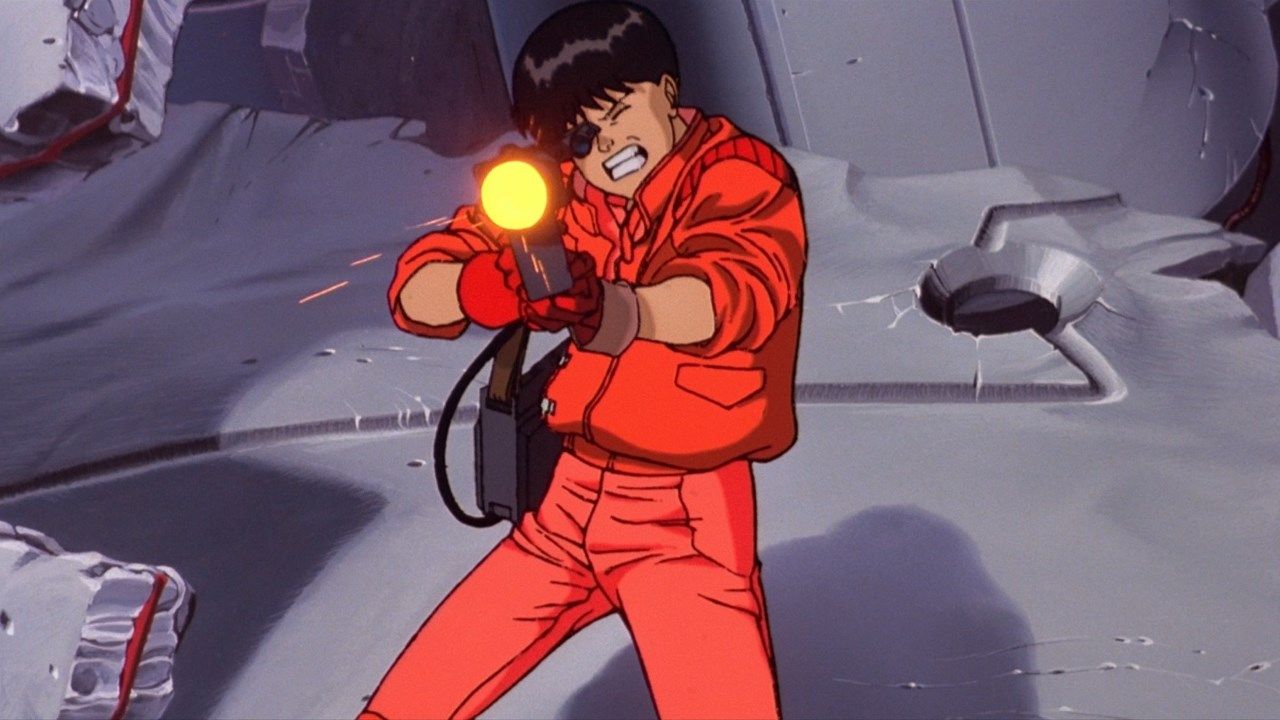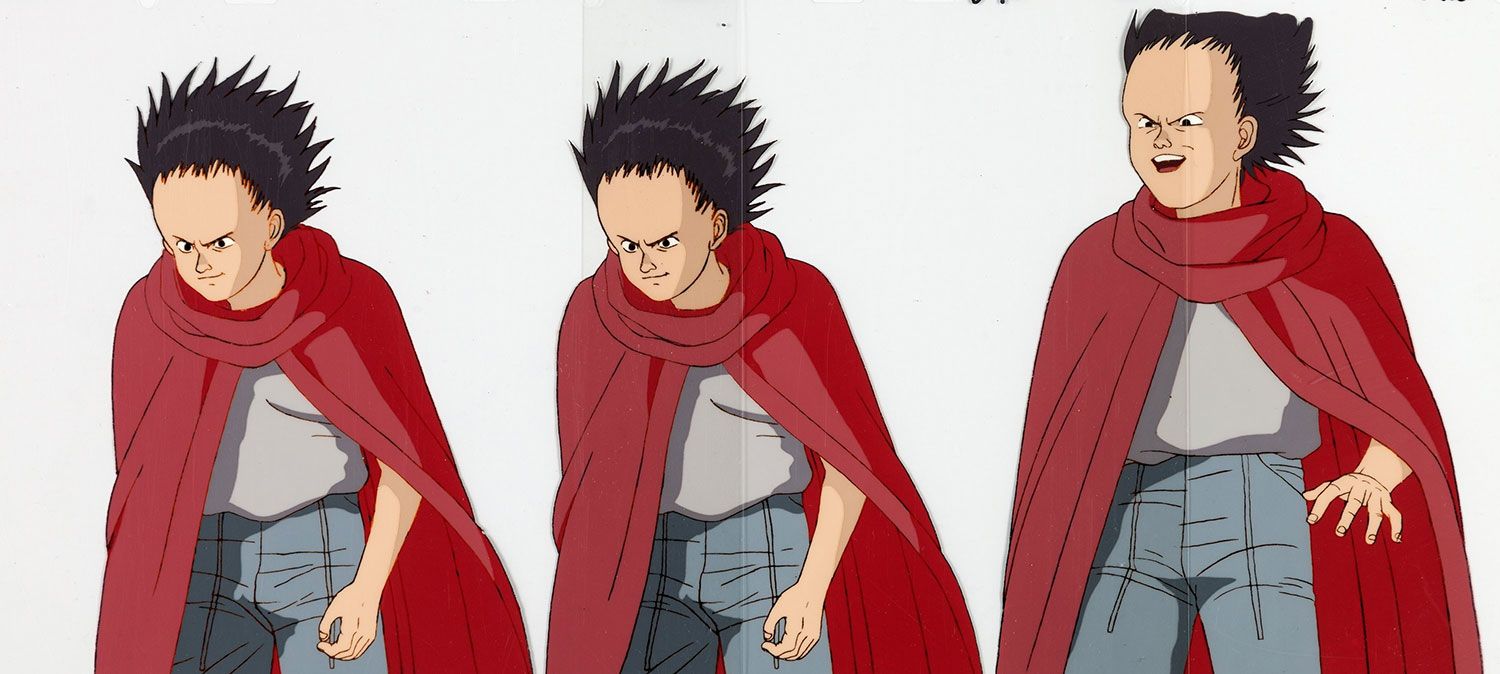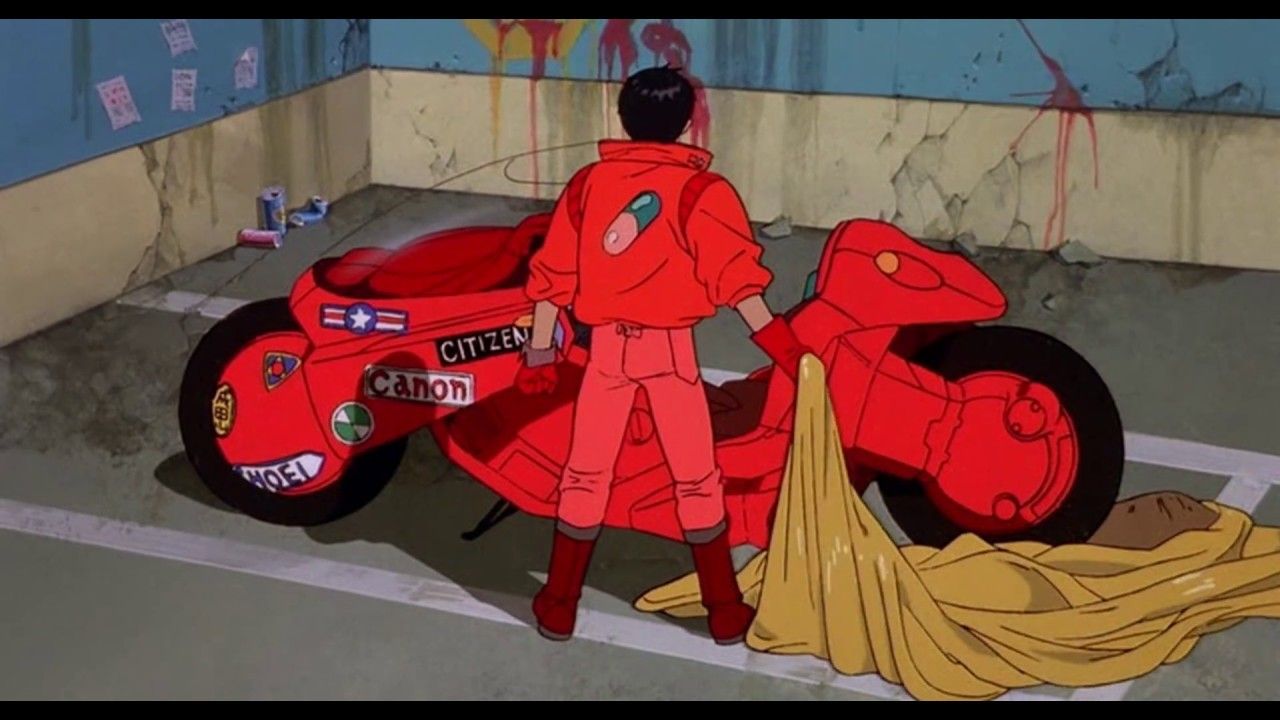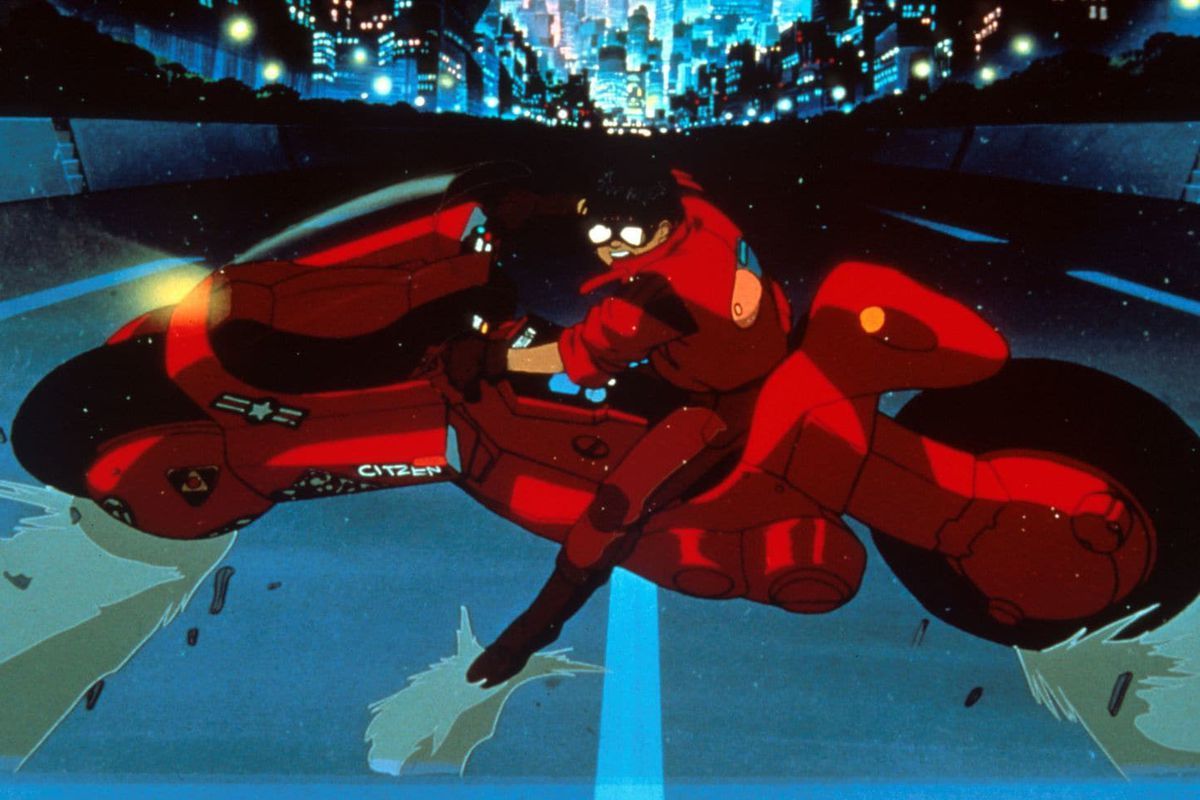Akira still remains one of the best-animated cyberpunk movies ever made. Released originally in 1988, the Japanese film was way ahead of its time. Along with Ridley Scott's Blade Runner (1982) and William Gibson's Neuromancer (1984), it set the mood, tone, and aesthetic that has continued to dominate the cyberpunk genre ever since.
Incidentally, the film was set in a dystopian Neo-Tokyo in 2019, which makes it the perfect time to revisit it. Adapted from a 2000-page manga comic with a budget of almost $10 million, the movie is laden with Easter eggs and meta-references, even as later works pay tribute to it in subtle blink-and-you-miss-it ways. Here are some facts and trivia about the movie that even diehard fans miss out on.
10 Both Akira & Blade Runner Have A Lot In Common
Both these films were set incidentally in 2019. While Blade Runner featured Los Angeles as a sprawling neon-lit metropolis, Akira's Neo-Tokyo is equally dystopian, with a corrupt corporation at the helm of power. The former had "Replicants" while the latter had the psychically-gifted "Espers." Both movies played a pivotal role in defining the "cyberpunk" look.
Just as Akira was adapted from a manga written by the director Katsuhiro Otomo, Blade Runner too was an adaptation of Philip K. Dick's short story, "Do Androids Dream Of Electric Sleep?"(1968). And while the latter got a sequel in 2017, Akira is also set to get a live-action reboot in 2021, with Taika Waititi due to direct.
9 The Film Was Deemed "Unmarketable" By Top Hollywood Directors
Even before Studio Ghibli became a household name, Akira was the film that introduced anime and manga to a whole generation of Western fans. However, with its grim themes and depiction of violence, the film was initially considered "unmarketable" in the United States.
In fact, both George Lucas and Steven Spielberg reportedly felt this way. It was only when Streamline Pictures decided to take a risk that it was released in the U.S in 1990. Much later, after Akira had acquired a cult following, Pioneer Entertainment (now Geneon Entertainment) spent another $1 million on it and re-released it in 2001, with a new soundtrack and a better English voice dub.
8 Akira Sneaks In A Number Of References To Western Culture
As with other genres, cyberpunk and sci-fi films often refer to each other, and there's a special pleasure that comes from spotting all the references and connections. For instance, there's a scene where Kaneda is at the jukebox, and if you look very closely, you'll notice the logos of three very popular rock bands: Led Zeppelin, The Doors, and Cream.
Plus, while Tetsuo's body was being scanned, the computer sounds that were produced in the background were in fact taken from the MU-TH-UR computer from the sci-fi flick Alien (1979).
7 Akira Also Has A Message For Its Bilingual Fans
Diehard fans are almost always rewarded for their hard work. But you wouldn't have been able to spot this Easter egg below unless you knew both English and Japanese.
One of the biker gangs in the film, The Capsules, wear jackets that are emblazoned with the motto "Good for Health / Bad for Education." When translated into Japanese, it forms a rhyming phrase as follows: "Kenko ni yoidesu / Kyoiku ni waruidesu." Nifty, ain't it?
6 Akira Pays A Whole Lot Of Attention To Technical Details
At least until recently, sci-fi films weren't all that scientific. This makes Akira different because, even though it was released in 1988, it was miles ahead of its contemporaries in terms of its emphasis on technical detail.
For instance, the scene where Tetsuo is in outer space to destroy the satellite almost has no sound. That's scientifically on-point because sound cannot travel without a medium. And since outer space is mostly a vacuum, it's a very silent world out there.
5 This Japanese Film Was Made In American Style
When it comes to anime films, the Japanese studios usually prefer to draw first, then animate and do the voice work after. However, Akira did things in reverse. Like many American animated films, the voice work was done first, followed by the animation, the adding of VFX and other special effects, and the final editing.
Similarly, even the film's soundtrack was completed before the composers even read the script. As a result, parts of the music had to be edited to fit certain sequences in the film. Moreover, over 160,000 single pictures were used to create the animation, which was double or triple the norm of that time.
4 Akira Is One Of Kanye West's Favorite Films
Akira has influenced countless artists over the years, including American rapper Kanye West. In fact, the artist has said that the Japanese film has been his "biggest creative inspiration." He also felt that the subject matter of Akira was still "so relevant to the current state of the world."
The music video for West's single "Stronger" is also a homage to the film. Some of the shots in the video are perfect re-creations of scenes from the original movie. Even his stage shows are apparently inspired by the film.
3 Akira Even Predicted The Olympics Correctly
It's always entertaining when a film or a television show unconsciously foreshadows or predicts an event in the future. When Akira correctly predicted that the 2020 Summer Olympics would be held in Tokyo, it blew a lot of people's minds.
The film features scenes where there is a new Olympic Stadium being built to host the games in Neo-Tokyo. Well, at least we can be grateful that our Tokyo is nowhere as dystopian as the one we saw on screen.
2 The Film References The Manga In Subtle Ways
The original manga written by Katsuhiro Otomo was over 2000 pages long. The final storyboard for the film was around 738 pages. Otomo managed to condense all his source material to a two-hour film, which is a remarkable feat in itself. However, he also snuck in a reference to the manga in the film.
During a riot scene, Kei pushes past someone wearing a "Young Magazine" T-shirt. It's a pretty minor detail, but it's a subtle nod to the bi-monthly anthology comics series of the same name in which the manga was first serialized. Moreover, there are a lot of differences between the manga and the film, the most notable being the fact Akira is physically present in the story, while he never actually appears in the film.
1 In Western Science Fiction, References To Akira Are Everywhere
In fact, you'd be hard-pressed to find a work of cyberpunk fiction that doesn't have a subtle or an overt nod to this cult classic in some way. Apart from influencing Japanese media such as Ghost in the Shell and Battle Angel Alita, it has had far-reaching effects on Hollywood, leaving its mark on everything including Star Wars, The Matrix, Inception, and Stranger Things. Kaneda's motorbike, for instance, appears in the film Ready Player One (2018) and in the video game Cyperpunk 2077. Rapper Lupe Fiasco named his album "Tetsuo & Youth" after Tetsuo Shima.
Even the cyberpunk indie game Red Strings Club has a cyborg called Akira who plays a very crucial role in it. This is all a testament to the enduring success of one of the greatest sci-fi films ever made.

